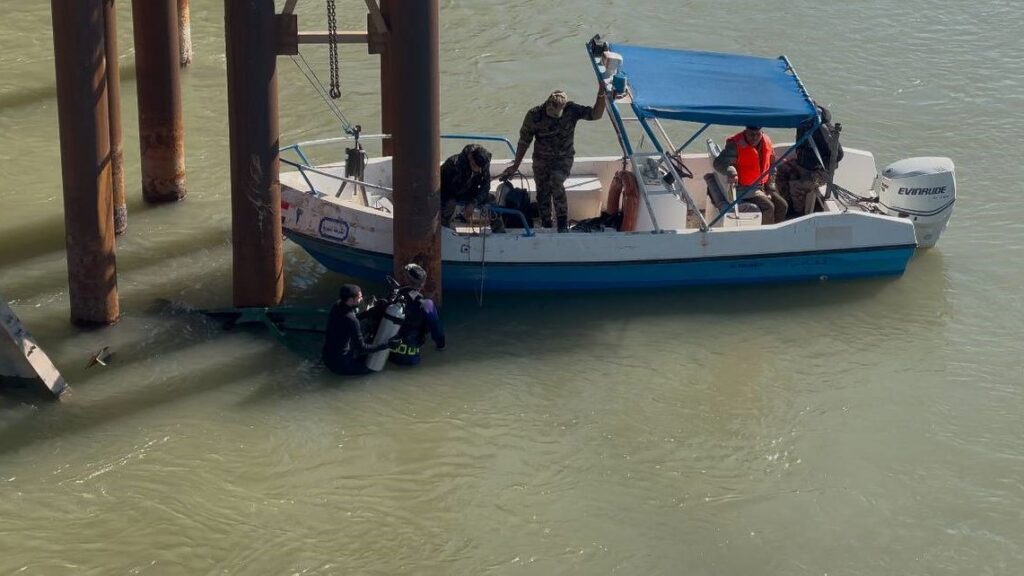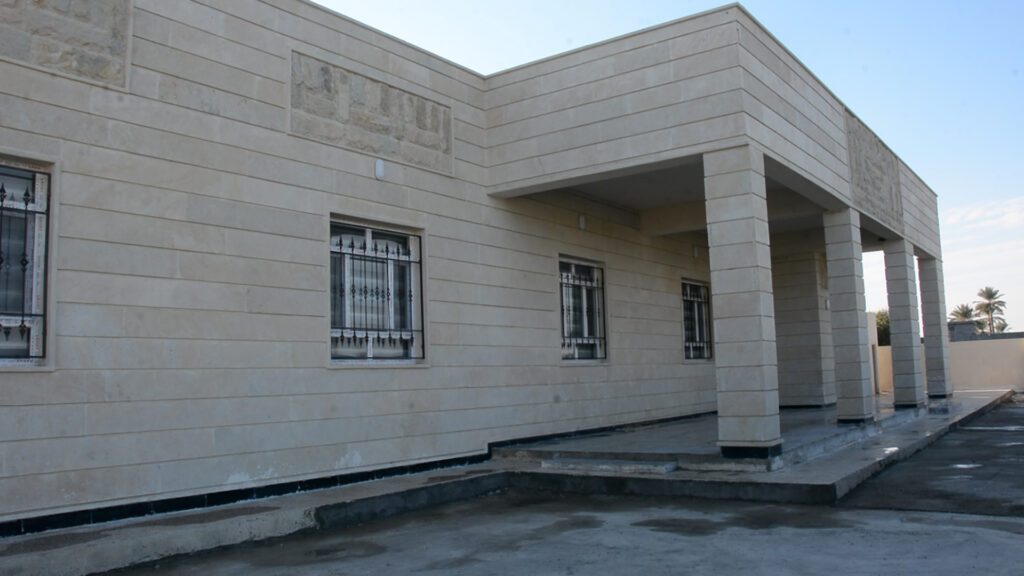Iraq: Multi-Sector Needs Assessment (MSNA) IV of Refugees Living out of Formal Camps in the KR-I, May 2019
Summary
The outbreak of violence in Syria since 2011 has led to large numbers of displaced Syrians seeking refuge in neighbouring countries, including the Kurdistan Region of Iraq (KR-I). However, this ongoing crisis is situated in a broader regional context characterised by both internal displacement into the KR-I from other governorates in Iraq, as well as refugees arriving from other neighbouring countries prior to the Syrian crisis. Nonetheless, more than 255,000 Syrian refugees and approximately 44,000 refugees from other countries, among them Iranian and Turkish refugees, currently reside in the KR-I.1 Hosting both refugees and internally displaced persons (IDPs) from other governorates has placed increased pressure on the infrastructure and delivery of basic services in the KR-I. Thus, filling the information gap on the needs and vulnerabilities of out-of-camp refugee households through evidence-based assessments is necessary for a targeted response and an effective delivery of basic services.
In order to fill this information gap, IMPACT Initiatives (IMPACT), in coordination with UNHCR, conducted a fourth round multi-sectoral needs assessment (MSNA), in which a total of 1,371 Iranian, Syrian and Turkish out-of-camp refugee households were interviewed to provide a comprehensive understanding of multi-sectoral needs of out-ofcamp refugees in the KR-I. The assessed households were asked a series of questions through a household survey on their needs related to seven sectors (livelihoods, protection, education, food security, health, shelter and WASH), as well as cross-sectoral questions about household demographics, movement intentions, communication with aid providers, and their most prioritised basic needs.
Findings in this report were disaggregated across refugee groups (Iranian, Syrian and Turkish refugee households) and across governorates (households living in Dohuk, Erbil and Sulaymaniyah). The assessed households were randomly sampled from UNHCR-provided lists to ensure that findings are representative at a 95% confidence level and 7% margin of error at the refugee group and at the governorate level, and 95% confidence level and 5% margin of error at the KR-I level. Findings are thus representative for households on these UNHCR-provided lists, which were extracted from UNHCR’s ProGres database. The refugee households in these lists fulfilled two conditions: they had registered with UNHCR and had also been in contact with them in the 12 months preceding the interview.
Thus, this assessment excludes unregistered refugee households in the KR-I and those households that had not been in communication with UNHCR in the previous year.
Statistical tests were conducted for each indicator. Where differences between the disaggregating variables were not found to be statistically significant, this is clearly indicated in this report. In addition, for certain indicators, a comparative longitudinal analysis was conducted on the Syrian refugee caseload from this year’s assessment and last year’s 2017 MSNA III to uncover if any trends could be established over the two years.



